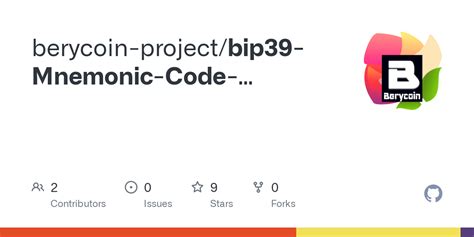Ethereum: Electrum 2.0 is a complication of non-BIP39/32 standardization
As an Ethereum user, the Electrum wallet has been one of the most widely used and trusted options for managing digital assets. However, with Electrum 2.0, the simplicity of its previous implementation has given way to a more complex standardization process that seems to be frustrating for users. But why does this non-BIP39/32 standardization make things so much more complicated?
BIP39/BIP32 Background
Before diving into the intricacies of Electrum 2.0, it is necessary to understand the background of BIP39 and BIP32. BIP (Bitcoin Improvement Proposal) is a set of standards for Bitcoin wallets that aims to provide a consistent and secure way to store and manage private keys. BIP32 is one of the most widely used implementations of this standard, allowing users to store their private keys in multiple formats, such as in HD wallets (such as Electrum 2.0).
Electrum 2.0 Non-BIP39/32 Standardization
With the launch of Electrum 2.0, a non-standard approach to BIP39/BIP32 compatibility was adopted. Instead of following the established rules and protocols defined by BIP32, Electrum 2.0 uses its own custom implementation for storing mnemonic seeds and HD wallets. This means that users now have to adapt to Electrum’s proprietary interface for managing their private keys.
Why is this important?
The non-standard approach implemented by Electrum 2.0 may seem like a minor annoyance, but it could have significant consequences in the long run. Here are some reasons why:
- Confusion and Misinterpretation: The complexity of the new implementation can be confusing for users who are not familiar with Electrum 2.0 or BIP32/BIP39.
- Security Risk: Using a non-standardized wallet can pose a security risk as it can be vulnerable to exploits or attacks targeting non-standard wallets.
- Limited Compatibility: The lack of standardization means that users who have previously used Electrum (or those who are familiar with BIP32/BIP39) may find it difficult to migrate their assets.
Conclusion

While the goal of the Electrum 2.0 implementation may be to provide a more secure and user-friendly experience, its non-BIP39/32 standardization has undoubtedly led to user frustration. It is crucial that users understand the complexities of this new implementation before migrating assets or using it as their primary wallet.
If you are considering migrating from Electrum 2.0 to another wallet, I recommend taking the time to research and understand the differences between BIP39/BIP32 compatible wallets, such as Electrum 1.x, and other available alternative options.
Recommendations
- Investigate new wallet implementations that meet the established BIP39/BIP32 compatibility standards.
- Familiarize yourself with the differences between Electrum 2.0 and its predecessor, Electrum 1.x.
- Consider using a different wallet if you are unsure about migrating to Electrum 2.0.
By taking a thoughtful and informed approach, users can make an informed decision that best suits their specific needs and preferences.
Lascia un commento